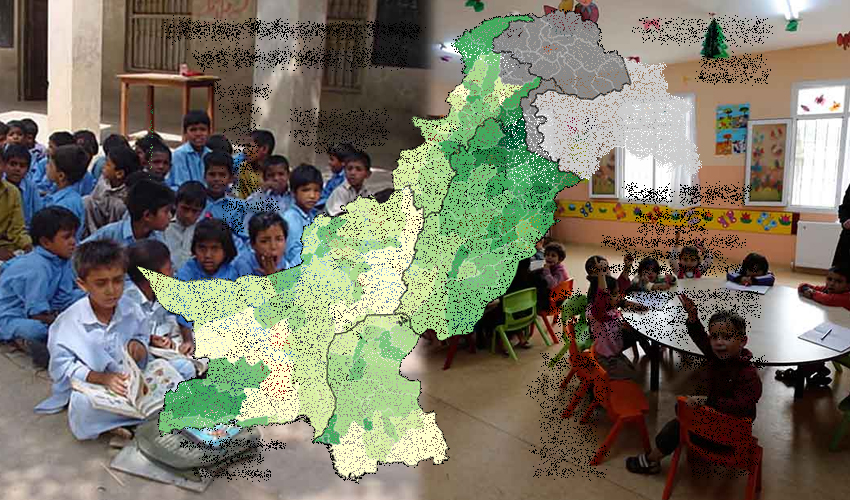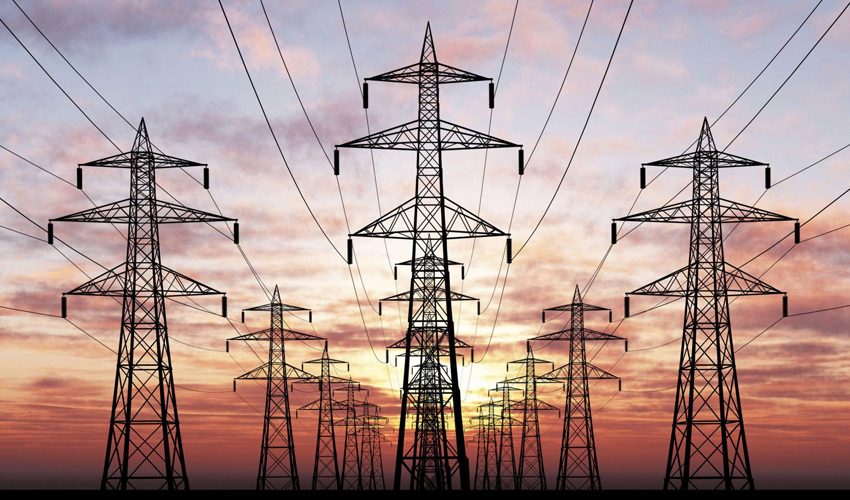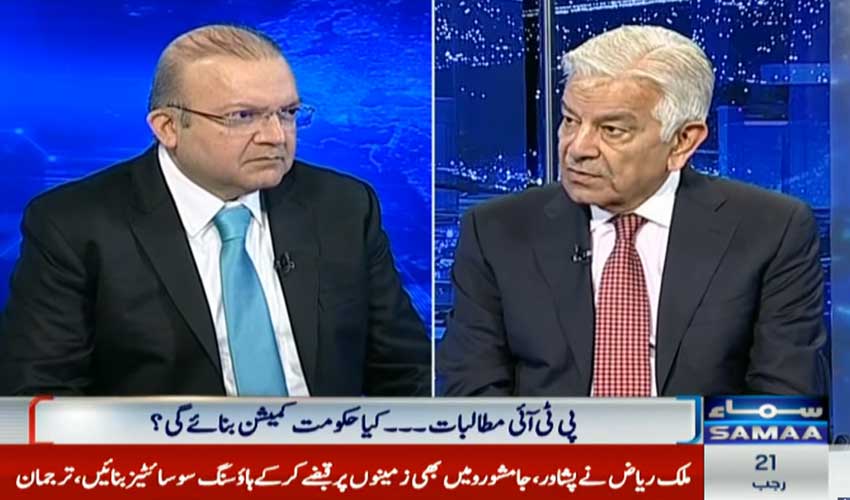The education system in Pakistan is facing several obstacles, which makes it more difficult for many families and kids to get an education. Since May 2023, textbook costs have increased by an alarming 95%, according to recent figures. This trend is concerning since it has been aggravating urban inflation.
But the problems go much beyond having limited resources. The country's Grade 10 survival rate, particularly for the 2020–2021 school year, presents a dismal image. Pakistan has one of the highest rates of dropouts in the world, with a startling number indicating that almost 52% of females enrolled in Grade 1 drop out of school before they graduate.
Socioeconomic issues are closely associated with this troubling trend. A startling 71% of Punjab's primary school dropouts are from the lowest quintiles of income, underscoring the huge educational gap exacerbated by financial constraints. This suggests that the dropout epidemic is closely linked to household income.
Access to education is still out of reach for a lot of Pakistanis, particularly in light of the country's rising inflation rate. Over the previous eleven months, textbooks—a vital educational tool—have continuously driven urban inflation. Textbook prices have been forced up by imported books and raw materials, which has further burdened families trying to give their kids an education.
The battle becomes more difficult when one takes into account the gender gap in dropout rates. Girls are disproportionately impacted and face more challenges on top of growing school expenditures. Their chances of making academic progress are hampered by this fact, which throws a shadow over their educational path.
Children in Punjab's two poorest quintiles are disproportionately affected by the region's educational issue. Socioeconomic gaps have serious consequences for educational success; these quintiles account for half of the children who cannot graduate middle-junior high school and a startling 71% of those who cannot finish elementary school.
Restricted access to education has far-reaching effects. There is a higher likelihood of unemployment, poverty, and social marginalization for children who drop out of school. This maintains a challenging cycle of disadvantage that is difficult to break.
Disparity in educational standards
In the context of Pakistan’s education landscape, the challenges extend beyond inflation and affordability. Structural issues plague the system, exacerbating the hurdles faced by students and families striving for an education.
One of the most glaring concerns is the inadequate infrastructure in many schools across the country. Insufficient facilities, dilapidated buildings, and a lack of basic amenities hinder the learning environment. Moreover, a shortage of qualified teachers and their uneven distribution further deteriorates the quality of education.
The curriculum itself is a subject of criticism, often being deemed outdated and irrelevant to the contemporary needs of students. This disconnect between the curriculum and practical skills required in today's world contributes to a deficiency in critical thinking, problem-solving, and creativity among students.
Another significant obstacle is the stark regional disparity in educational standards. Rural areas suffer disproportionately, grappling with limited resources, poor infrastructure, and fewer educational opportunities compared to urban centers. This discrepancy deepens the educational divide, perpetuating socioeconomic disparities and hindering social mobility.
Moreover, Pakistan's education system struggles with issues of access and inclusivity. Marginalized communities, including those from remote regions, ethnic minorities, and children with disabilities, often face systemic barriers that impede their access to education. This exclusion further amplifies the educational gap, reinforcing social inequalities.
Lack of technical education
Additionally, the lack of emphasis on vocational and technical education exacerbates unemployment and underemployment among youth. The dearth of skill-based training programs limits opportunities for many students, leaving them ill-equipped to navigate the evolving job market.
To mitigate these challenges, the government must address the demand-side factors impacting education. Measures such as enhancing stipends, issuing education vouchers, and providing conditional cash transfers are imperative. These initiatives play a pivotal role in remedying the entrenched inequities, specifically targeting gender and income disparities, and fostering a more inclusive educational landscape in Pakistan.



























